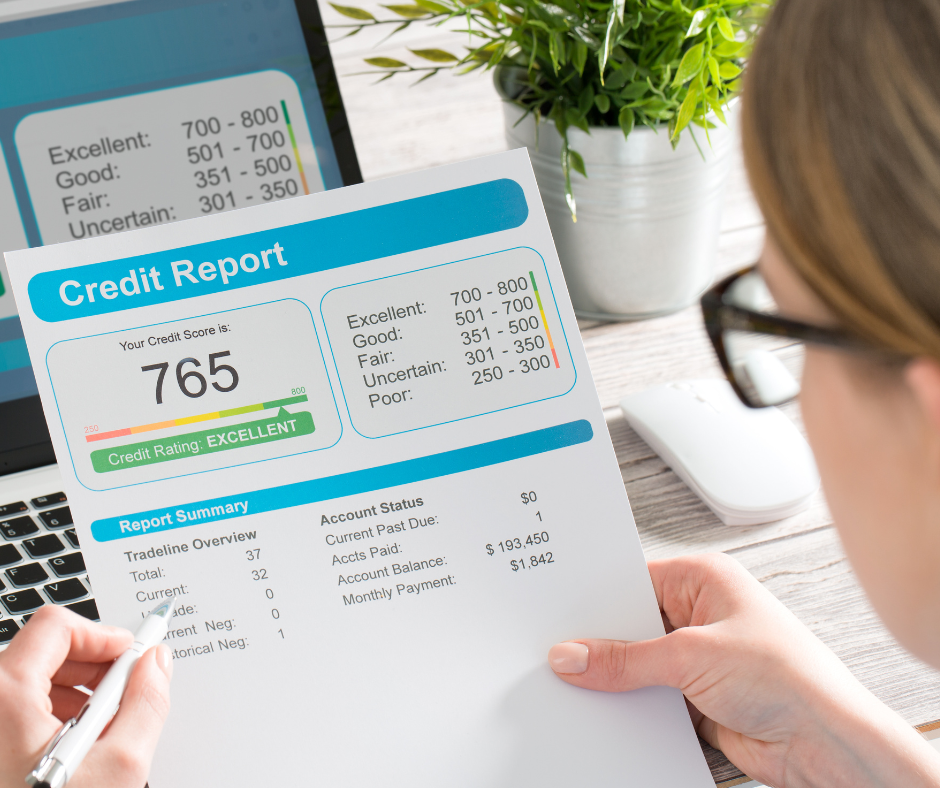How to negotiate a lower APR on your credit card
Learn how to negotiate a lower APR on your credit card with practical steps to reduce interest rates, save money, etc.
If the APR (Annual Percentage Rate) on your credit card feels like it’s draining your wallet, it’s because it is.

High-interest rates can quickly snowball debt, making it harder to pay off balances. Whether you’re carrying a balance from month to month or simply trying to manage your finances better, the APR directly affects how much you pay over time.
Many cardholders don’t realize that the APR isn’t always set in stone. While lenders determine rates based on creditworthiness and market conditions, there are ways you can open a conversation about lowering it.
This guide walks you through practical steps to approach your credit card issuer confidently, without any guarantees, but with a better shot at improving your situation.
Why do credit card APRs matter?
It’s essentially the cost of borrowing money on your credit card. If you don’t pay your balance in full each month, the APR determines how much interest you’ll owe. A higher Annual Percentage Rate means more money going toward interest rather than your principal balance.
Here are some common reasons your APR might be higher than you’d like:
- Your credit score was lower when you applied.
- Economic changes have led to rising interest rates.
- You’ve missed payments in the past.
Lowering your rate can help reduce the cost of carrying debt, freeing up money for savings, emergencies, or other priorities.
5 steps to negotiate a lower APR
1. Check your current standing
Start by reviewing your credit report and current credit score. If your score has improved since you opened your card, you may have more negotiating power. Also, look at your payment history with the card issuer. On-time payments work in your favor.
2. Research competitive APR
Before calling, check the APR rates offered by competing credit card companies. This gives you leverage when explaining why you believe your current rate isn’t competitive.
3. Prepare your pitch
When speaking with customer service, be polite but assertive. Mention your positive history as a customer, your improved credit score (if applicable), and the fact that you’re considering other offers with lower APRs.
A simple script could be: “I’ve been a loyal customer for X years, and I’ve noticed my APR is higher than many offers I see elsewhere. I’d like to discuss the possibility of lowering my APR based on my current credit standing.”
4. Make the call
Call the customer service number on the back of your card. Ask to speak with someone in the retention or account services department, as they typically handle rate negotiations.
5. Be ready for any outcome
The issuer may approve, counteroffer, or decline. If they say no, ask if there are any steps you can take, such as improving your credit or switching to a different card they offer with a lower APR.
What if they say no?
Sometimes, despite your best efforts, the answer might still be no. In that case, consider:
- Transferring your balance to a card with a lower introductory APR (watch for fees).
- Exploring personal loans with lower interest rates to consolidate debt.
- Creating a repayment strategy to minimize interest over time.
Your APR doesn’t have to stay the same forever
Tackling your APR might seem intimidating, but taking proactive steps can lead to better financial outcomes.
Even if your request isn’t approved immediately, initiating the conversation shows you’re serious about managing your finances. Plus, understanding how your APR works empowers you to make smarter choices in the future.






